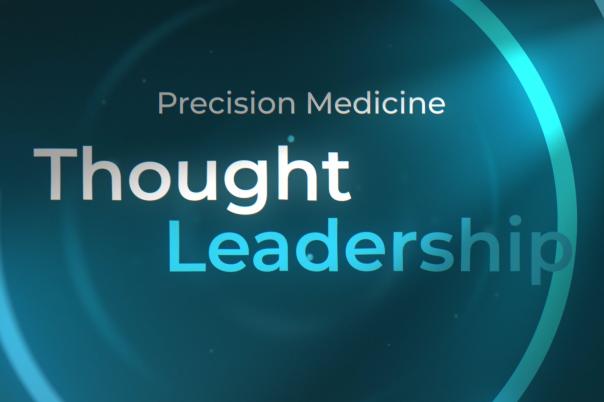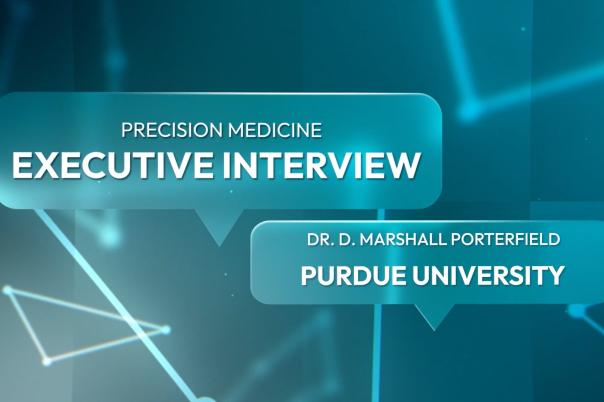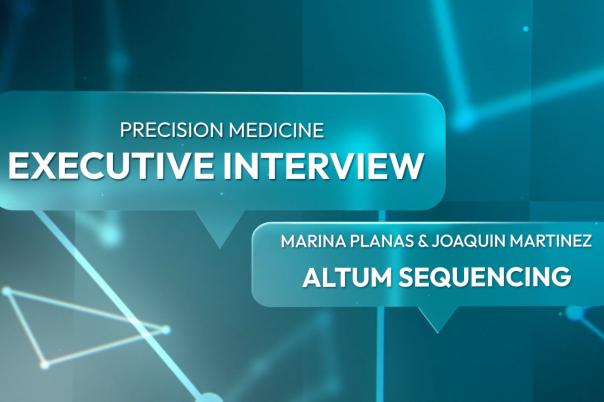This session, part of Oxford Global’s Monthly Science Exchange Omics series, brought together leading experts Victor Turcanu (King’s College London) and Jiannis Ragoussis (McGill Genome Centre) to discuss recent advances in next-generation sequencing (NGS) and their applications in translational research and clinical practice.
Dr. Victor Turcanu presented insights from his clinical research on peanut allergy immunotherapy. Emphasising the clinical significance of peanut allergy as a persistent and life-threatening condition, he detailed the landmark LEAP study, which demonstrated that early-life exposure to peanut products can drastically reduce allergy development. Turcanu highlighted the role of regulatory T-cells in oral tolerance and explored how single-cell sequencing technologies are now being employed to map the immunological shifts induced by oral immunotherapy. These approaches allow researchers to distinguish between allergy-driving and tolerogenic T-cell subsets, paving the way for precision immunotherapeutic strategies.
Professor Jiannis Ragoussis offered an overview of the rapidly evolving sequencing landscape, noting the proliferation of new benchtop and industrial-scale platforms. He compared short- and long-read sequencing technologies, emphasising the increasing utility of long-read sequencing in clinical applications such as high-resolution HLA typing and structural variant detection. Ragoussis highlighted the clinical potential of Oxford Nanopore and PacBio technologies, particularly in rapid diagnostics and methylation profiling, where sequencing data can inform surgical decisions and treatment pathways in near real-time.
The roundtable discussion addressed the cost-performance trade-off between short- and long-read technologies, the need for simplified bioinformatics workflows in clinical settings, and the promise of integrating spatial transcriptomics and AI. Participants also explored the potential for portable, automated sequencing systems in field-based applications, including food safety and remote diagnostics.
A key takeaway from the session was the shared optimism around the integration of novel sequencing technologies into both research and clinical environments, provided that cost, automation, and interpretability barriers can be addressed. The discussion underscored the importance of interdisciplinary collaboration to fully realise the potential of these transformative tools.





